GHOSTS OF OUR PAST AND FUTURE
Rationale
I have always been interested in how the Black community has [or has not] custodianship over our heritage and how this impacts our sense of identity and belonging. This project aims to become the custodians of the ghosts of our past and look to the present and future to learn more about ourselves and, in some small way, experience a sense of community. As a community organiser and activist, I find social inclusion at the forefront of my work, and this commission seeks to engage with and amplify the voices of the Black community in Hull.
As a Black British woman whose family has strong links to the Caribbean, I have always been interested in heritage and the intersection of identity. Afro-Carribean identity is essential to me, and the culture has informed most of my experiences, yet I have not had a chance to explore this with other communities outside of my own. As a person whose family was likely brought to the Caribbean through slavery, I have issues with identity and a sense of belonging. This has affected my emotional and mental well-being, and many of the Black people I have spoken to feel the same. We have similar connecting stories, and this proposal seeks to explore that in more detail. As a direct response of my personal experiences, my experience at the museum and meeting some of the board members, I want to amplify the voices of some of the Caribbean community in Hull. There is space to amplify the voices of the Caribbean heritage and their experiences, as the museum [I feel] currently lacks those examples. Through this commission, I will further my previous work around identity and amplification whilst engaging a different local community from my own. I feel it is important not to see the Black experience as homogenous yet to explore and recognise that there is a collective experience in the context of the impact of the transatlantic slave trade.
Ghosts of Our Past and Future is my attempt to physically, metaphorically, and emotionally take up space within a museum through the use of multimedia (mainly audio and photography). My commission would consist of four to six large photography portraits displayed within the museum with a looped audio story featuring those photographed. I will interview each participant, and the results of those interviews will be edited into an audio piece. The audio will be played through one of the screens, and the screensaver will be a black screen with subtitles, so this is accessible to those with hearing impairment or audio cognition difficulties. I am particularly inspired by the work of John Akomfrah, whose work explores Black identity through the use of film and sound. Audio is a powerful and impactful way of storytelling, and it is accessible to many. My audio pieces are often non-linear narratives and instead concentrate on evoking emotion and feeling through voice, sound effects, and music (audio collage).
According to the book '70 Objeks & Tings', Caribbeans living in the UK in the early days of the Windrush era often had professional photos taken to send back home. The photos were meant to show family and friends that things were going well. I also wonder if it was a way (unconsciously) to recreate our history that was violently taken away from us.
One of the things I remember from my childhood is the endless amount of photographs that my mother took and still has to this day; this includes several photos of me surrounding (not an exaggeration) the walls of her living room. Documenting history seems extremely important in many Caribbean households, and my project is in keeping with this tradition.
Blues Parties and Sound Systems we birthed from racial prejudice and discrimination in England in the 1950s. Black people were not allowed to hire public spaces for social events, so they created their own with music, chat, and dance. Some DJs would often satirise the news and local events when the music played. The audio was and still is a powerful storytelling tool that my project will utilise.
The photography will be carried out by a Black photographer named Dami Fawehinmi. Although the photography is portraiture in nature, the style of the photoplay will be based on the participant's personality and identity. They are the agents of their own identity, which is to come through in the photographs and interviews. Space permitting, I would also like to display a map showing each participant's heritage. This map will be created by Dr Laura Braunholtz, who uses coding to create visual mapping.
While audio and photography will be the primary focus, I would also like to display Caribbean and African-themed objects throughout the museum, ideally borrowed from my Black community and the community in Hull mixed with items from my collection. These will be textiles, souvenirs, photographs, figurines, and so on, and they will be showcased alongside current museum objects as an extension of the space's heritage. These additions to the main work do not have to be in the commission, but they would bring a sense of continuity and response to the current displays.
Through the transatlantic slave trade, we, as Black British people, have profoundly experienced a deep sense of loss of heritage and identity, and we have been forced to forge our own. Ghosts of Our Past and Future aims to, in some small part, create a small but impactful cathartic exploration of this.
Audio Examples
Edited audio clips of my work, which amplify the voices of people of colour.
Full length audio can be found below:
Photography and Object Examples
Portrait images ©Dami Fawehinmi

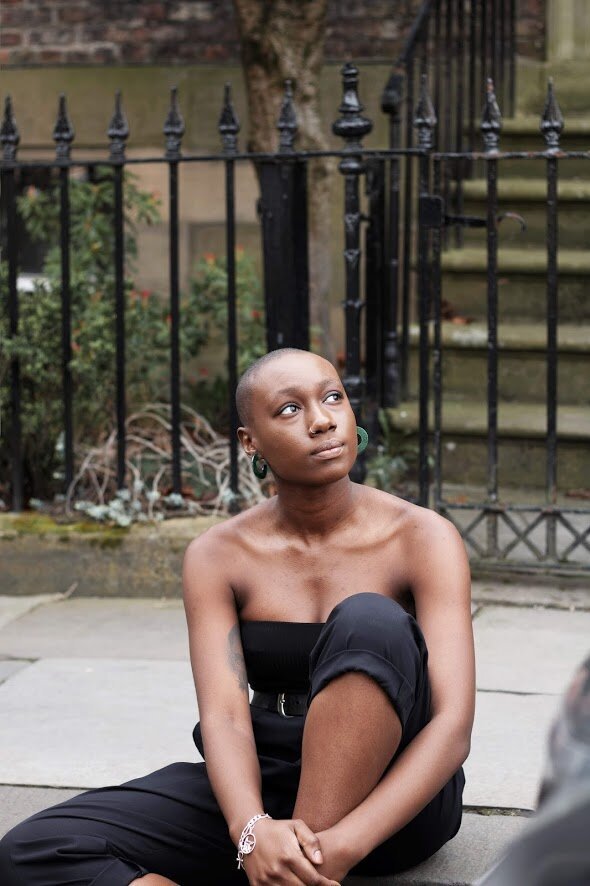



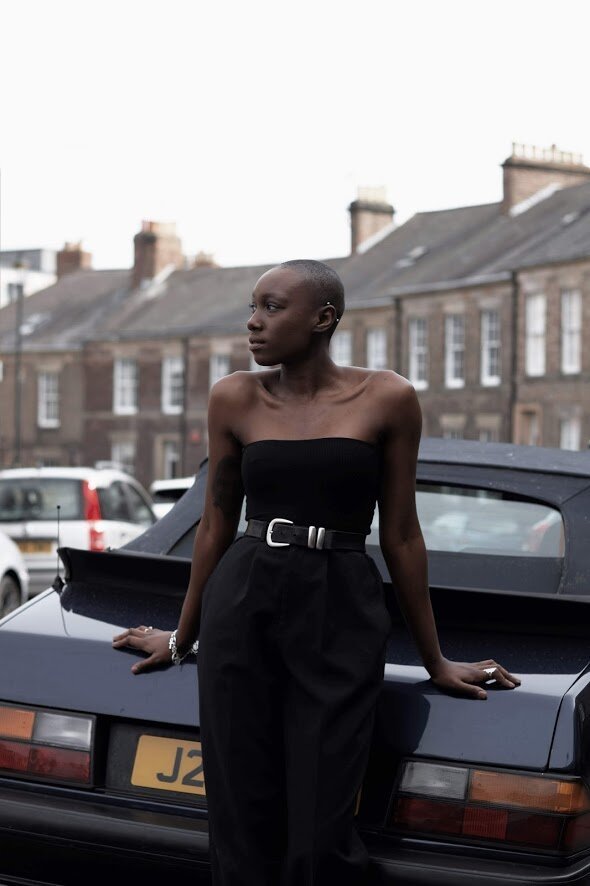



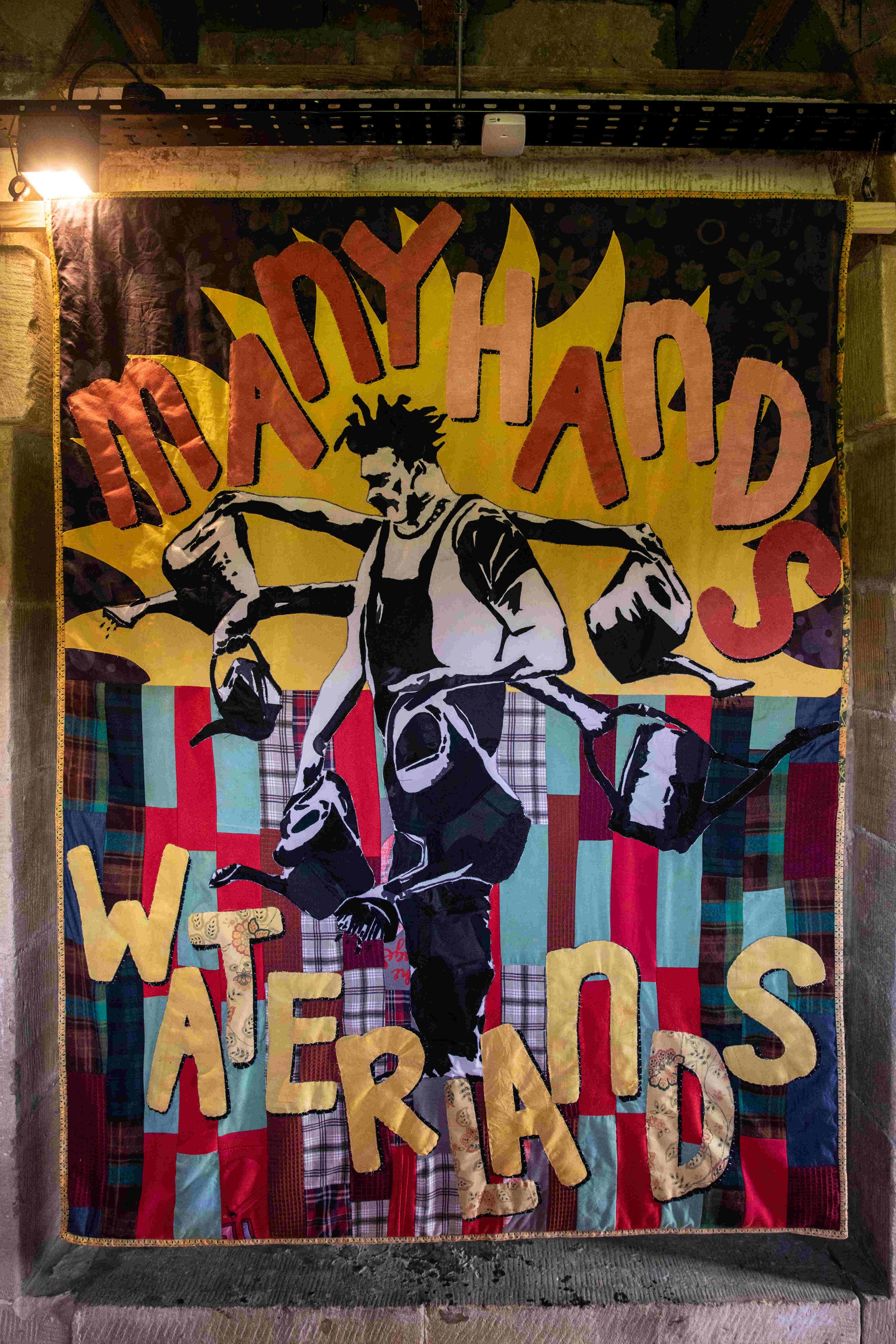
Textiles

Textiles
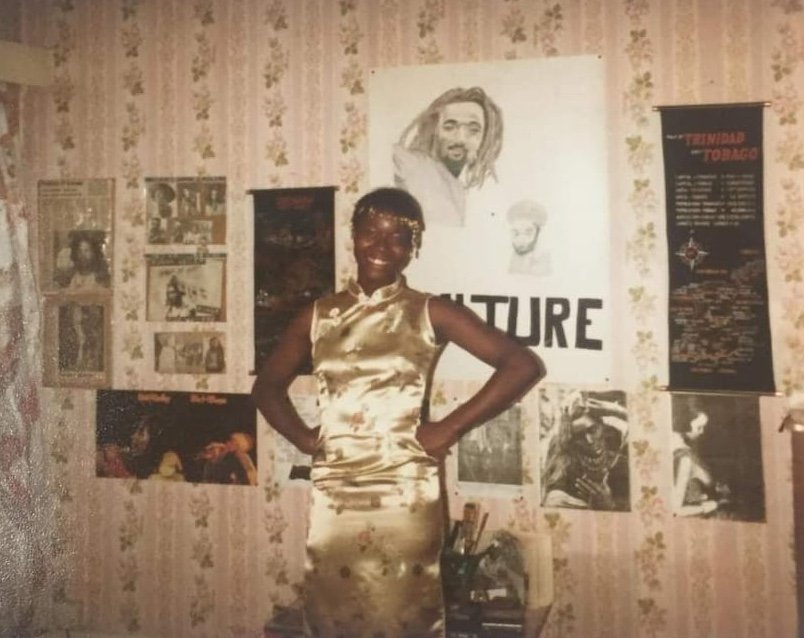
My mother (taken in the early 80s)

Mapping example - by Dr Laura Braunholtz
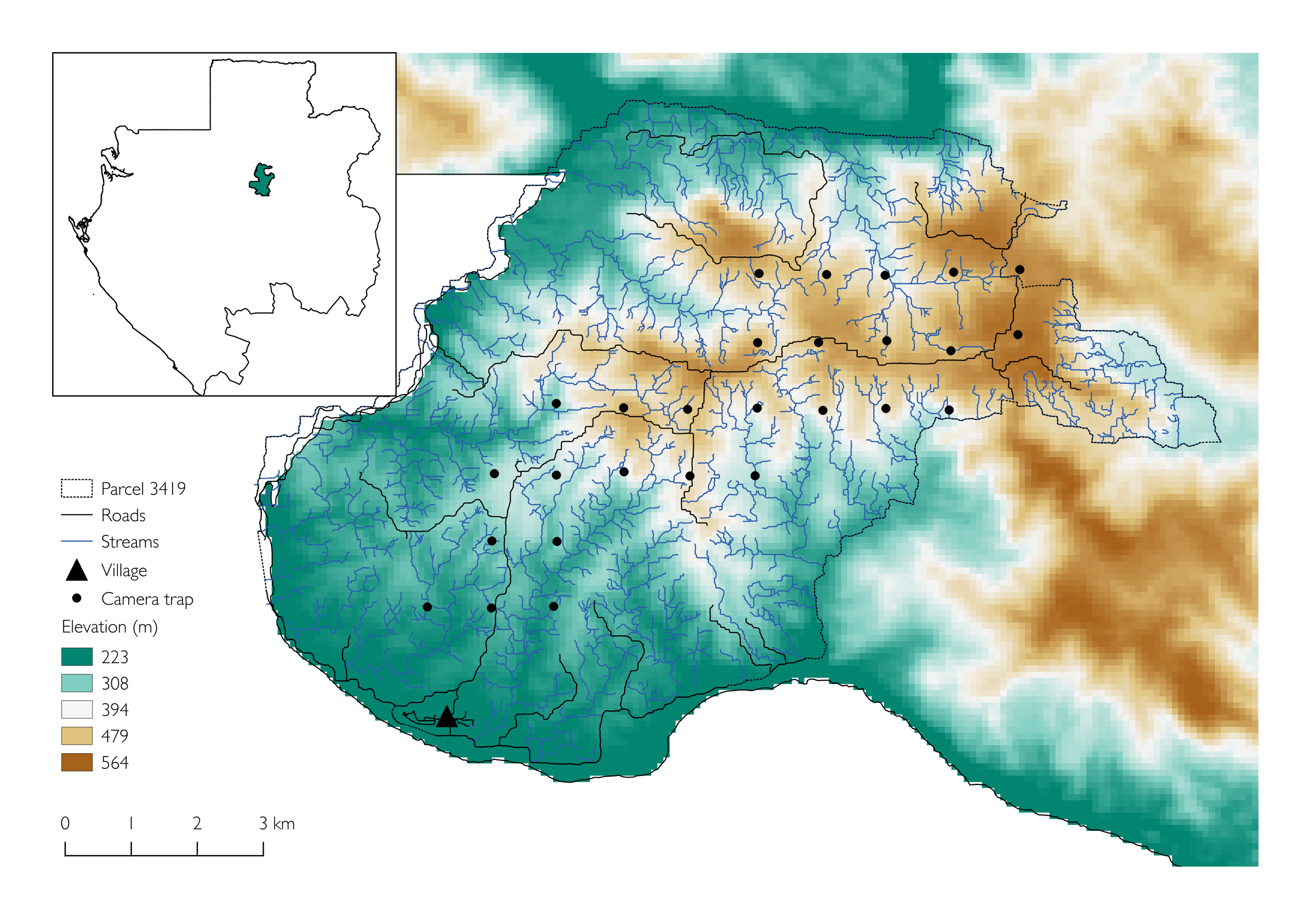
Mapping example - by Dr Laura Braunholtz

Mapping example - by Dr Laura Braunholtz
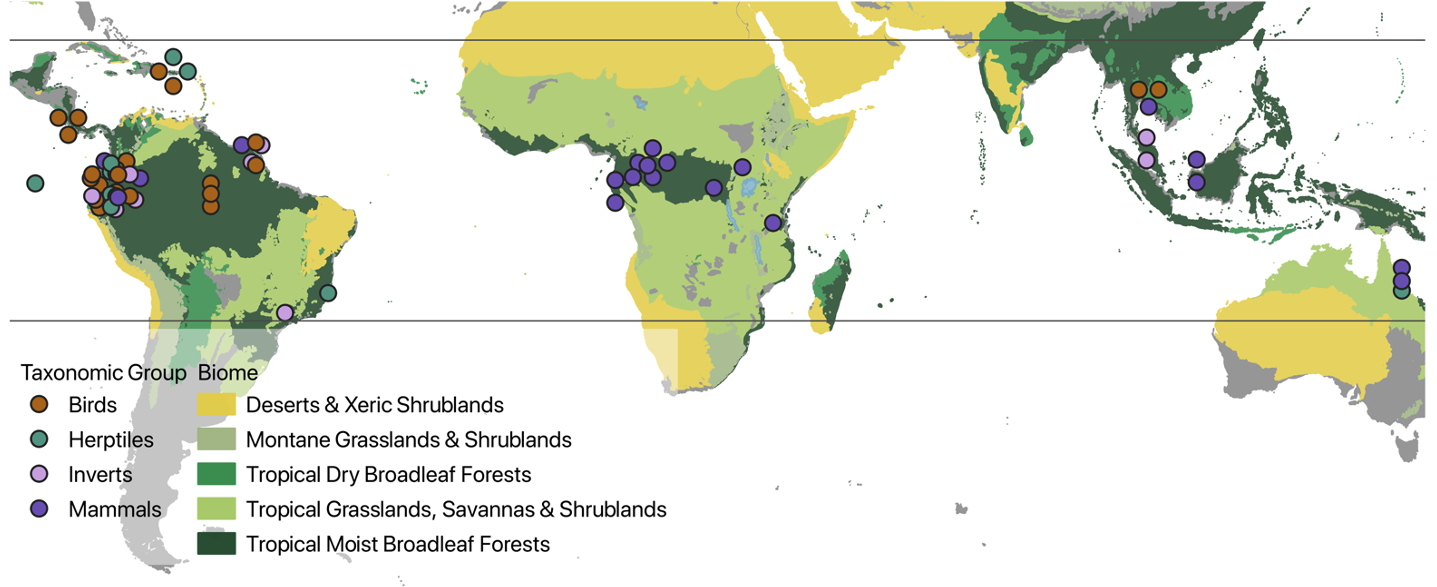
Mapping example - by Dr Laura Braunholtz
Public Programme
Depending on the commission's scope and timings, I have two ideas for a public programme. I have included both in my budget, but I am aware that this offer does not have to include both. These are the two ideas I have, but only one may be carried out if my commission is chosen.
Presentation and Panel Discussion
I would like to host a half-day online public streamed presentation and panel discussion. The two presentations will be from Dr Jordan Mullard and Marsha Garratt, and the panel discussion will consist of those involved in the Wilberforce Museum. It will delve into why the museum exists, its aims, and why the stories within the museums need to be told.
Marsha Garratt
Marsha Garratt has delivered anti-racist education sessions for schools and organisations across the UK and pan-African organisations in Kenya and the US.
In her presentation, she will share personal experiences underpinned by research on 'what we don't get taught in schools' to review how we are taught race and racism and how we can resist.
Jordan Mullard
Dr Jordan Mullard (she/her) is an interdisciplinary social scientist specialising in the qualitative study of intersectionality, identity, race, caste, and the social determinants of health and health inequality. She has been heavily involved in the decolonising of anthropology, has written on the subject for the Journal of the Royal Anthropological Institute, and has offered consultancy on decolonising and anti-racism to a range of stakeholders.
In this online presentation, Jordan will present themes related to anti-racism, decolonisation, identity, race equality, and intersectionality.
Workshop with Kat Francois
Kat Francois provides a range of workshops on poetry, creative writing, and spoken word. Kat will lead a workshop for some of the Black community in Hull to explore their identity and heritage through poetry and creative writing. In the one-day workshop, participants will explore writing and performing and can come away with an original piece.
Kat Francois
Kat Francois is a performance artist, poet, actor, playwright, director, youth and adult workshop facilitator, and comedian.
As a playwright, Kat has written and performed two internationally staged solo plays and two comedy shows. Raising Lazarus, Kat's play deals with the experiences of Caribbean soldiers in World War One. She weaves the story of her discovery of having a relative from Grenada who joined the British West Indies Regiment in WW1. She tells his story and the story of those like him who signed up from the Caribbean islands. At Roundhouse, Camden, London
Description and Sample of Materials
Photos to been printed onto large boards Max size 140cm x 100cm. Please see printed examples (not on boards). Board are approx 10cm in thickness.
Audio - WAV or MP3 file, to be delivered as needed for the museums screens.
Objects - Various such as textiles, photographs and smaller objects such as figurines.
Textiles made of various fabrics.
Technical Information & Maintenance requirements
Audio - WAV or MP3 file (or mp4 video file), to be delivered as needed for the museum's screens. e.g USB.
Photos - Handling photos is straightforward. They are printed onto hardwearing display boards, and while they are not very heavy, one person can easily lift them. However, depending on the size printed, they may be a bit awkward to carry.
Audio is to be turned on and off daily (if required), and photos are to be checked for graffiti or damage.
Any breakable objects will be contained in the display cabinets within the museum to limit damage risk.
Fabrication and Installation
Photography boards will be designed and printed by Founded Design, a Newcastle design company based in Newcastle upon Tyne. The boards will be prepped for hanging according to the Wilberforce Museum’s specifications. Hull Culture and Leisure technicians will assist with hanging the boards. A contingency exists to preempt specialist assistance (hired from the Hull area).
Photos will be relatively easy to hang as the museum already has 2D work displayed. The museum already has audiovisual work displayed, so installation of this will also be no more difficult than that. The audio may be made into a video file, so a subtitle screen can be utilised.
As part of the project, I will personally deliver the items in a vehicle and provide assistance with the hanging, audio installation, and placement of objects throughout the museum.
Audio will be played through a TV within the museum. Files can be can loaded onto a USB stick and plugged into the TV.


